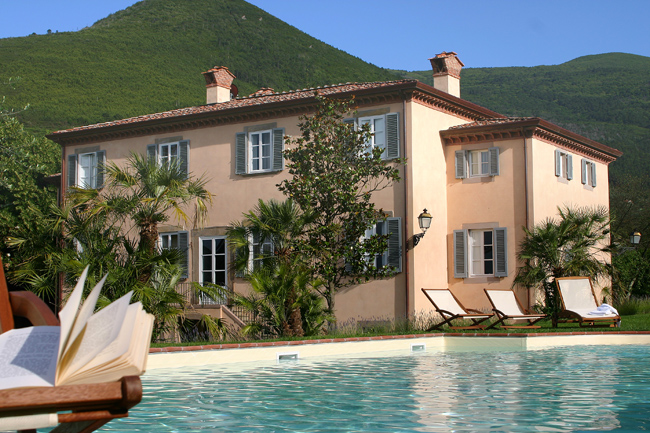
Villa al Boschiglia: Your perfect Air Conditioned Villa for rent in Tuscany!
Experience a truly enchanting holiday in one of my Tuscan Villas

Villa al Boschiglia: Your perfect Air Conditioned Villa for rent in Tuscany!

For your charming accomodation in Tuscany… choose a beautiful Lucca country-side!
Rent a villa for your unforgettable stay in tuscan hills.
Facilities:
swimming pool
daily breakfast
air conditioning
central heating
computer & internet
stereo CD player with central rediffusion
satellite TV
alarm

Thinking about you and receiving requests every day about the possibility to rent a villa in Tuscany with special price, we decided to let you stop here!
!!! FIRST MINUTE – 20% DISCOUNT ON ANY AVAILABLE WEEKS!!! Discounted Villa for rent in Tuscany!!! Just for you… 🙂
We’re currently running a new special offering to all new bookings a 20% discount on our 2010 fees!
This special will not last too long so take the chance to spend your holiday here in Tuscany saving up to 20% of the standard weekly rate!
For more information and details just contact us at Villaalboschiglia.com and CasaleSodini.com!


Luxury stay in Lucca – Rent for wedding private palace: more informations on: www.palazzotucci.com